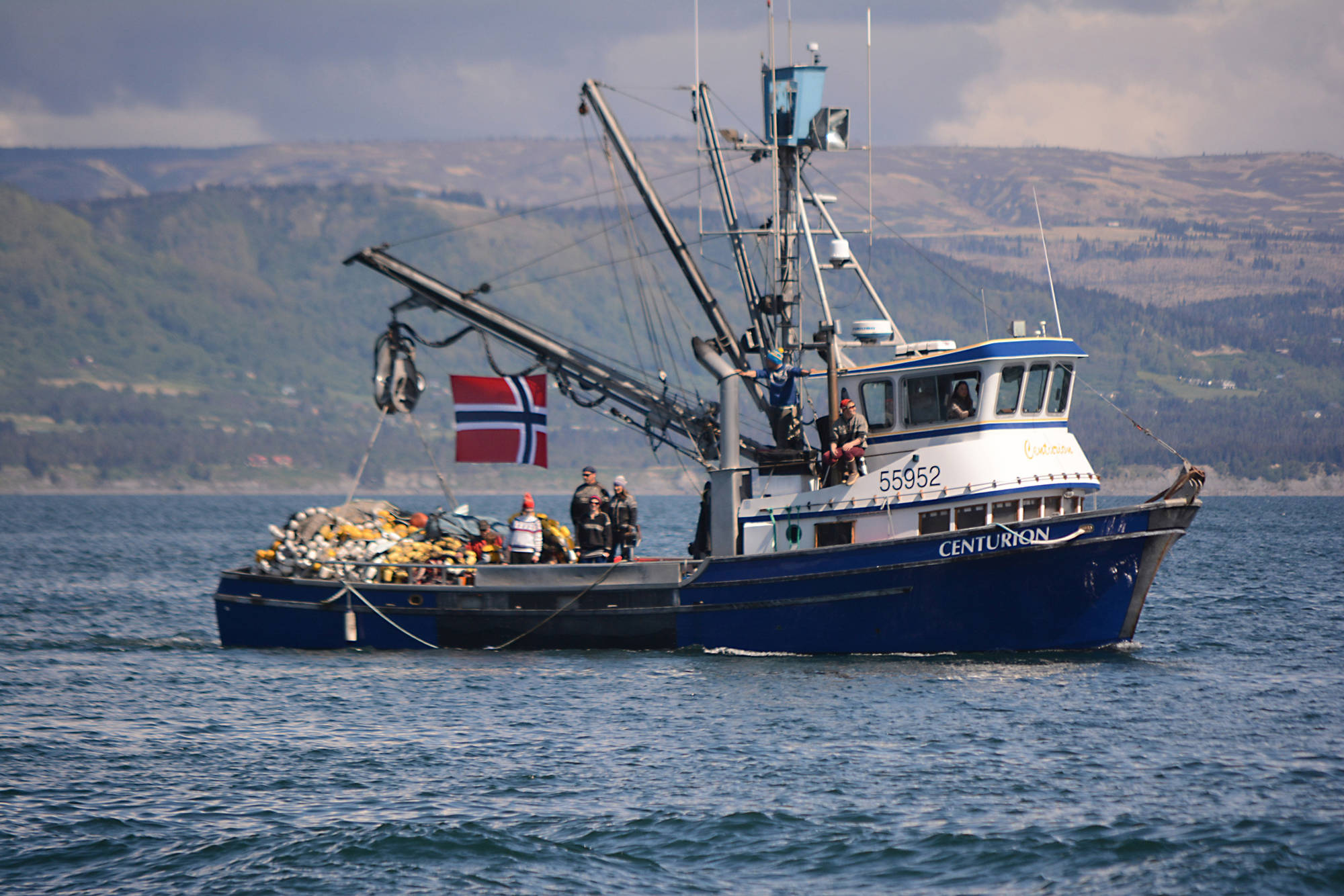Bigger is not always better, at least according to the preliminary summary of the 2018 Alaska salmon season.
In a report issued by the McDowell Group, this season was one of the smallest harvests on record but also one of the most profitable.
“The 2018 harvest is the seventh most valuable since 1975 in nominal terms; following anticipated revisions, the season may be the fifth or sixth most valuable,” it reads. “However, excluding 2016, the total harvest volume was the smallest in 34 years. The sockeye harvest was the second-most valuable in 26 years and the chum harvest was the third-most valuable since 1975.”
Ex-vessel prices were comparable or higher than 2017 values. The average ex-vessel price per fish in 2018 was $5.20 pounds, considerably higher than the $3.05 per fish paid in 2017, a difference largely driven by the record run and high price paid for sockeye in Bristol Bay, compared to the large run of lower-priced pink salmon which dominated 2017.
The average Chinook salmon in 2018 weighed 11.6 pounds and earned fishermen nearly $70 per fish, while the average sockeye earned $7 per fish.
However, the financial gains were largely focused on Bristol Bay sockeye.
Bristol Bay’s harvest of 41.2 million sockeye worth an estimated $275 million is a record for both volume and value. However, ADF&G’s sockeye salmon forecast for Bristol Bay in 2019 anticipates a return that is 10-percent lower than the 10-year average but about 16 percent above the 55-year average.
With the big push toward refrigeration systems and better handling practices, it is unlikely that sockeye prices will fall too far next season; however, a strong dollar and trade war politics may have a dampening effect. Excluding Bristol Bay, Alaska’s sockeye harvest was about 40 percent lower than the 10-year average. Prince William Sound’s harvest was nearly 50 percent lower than the 10-year average, Cook Inlet was 60 percent lower, and Southeast was down about 45 percent.
The disastrous Chignik harvest of only 128 sockeye compares to the 2017 harvest of nearly 900,000 fish.
Outside of Bristol Bay there were some bright spots. Southeast’s late-season harvest of chum salmon was largely unanticipated; about 3 million were harvested at Crawfish Inlet alone.
While modest, Norton Sound’s $4 million salmon harvest was a record, and both chum and coho harvests on the Yukon River were the fourth largest on record by volume.
Cristy Fry can be reached at realist468@gmail.com.



